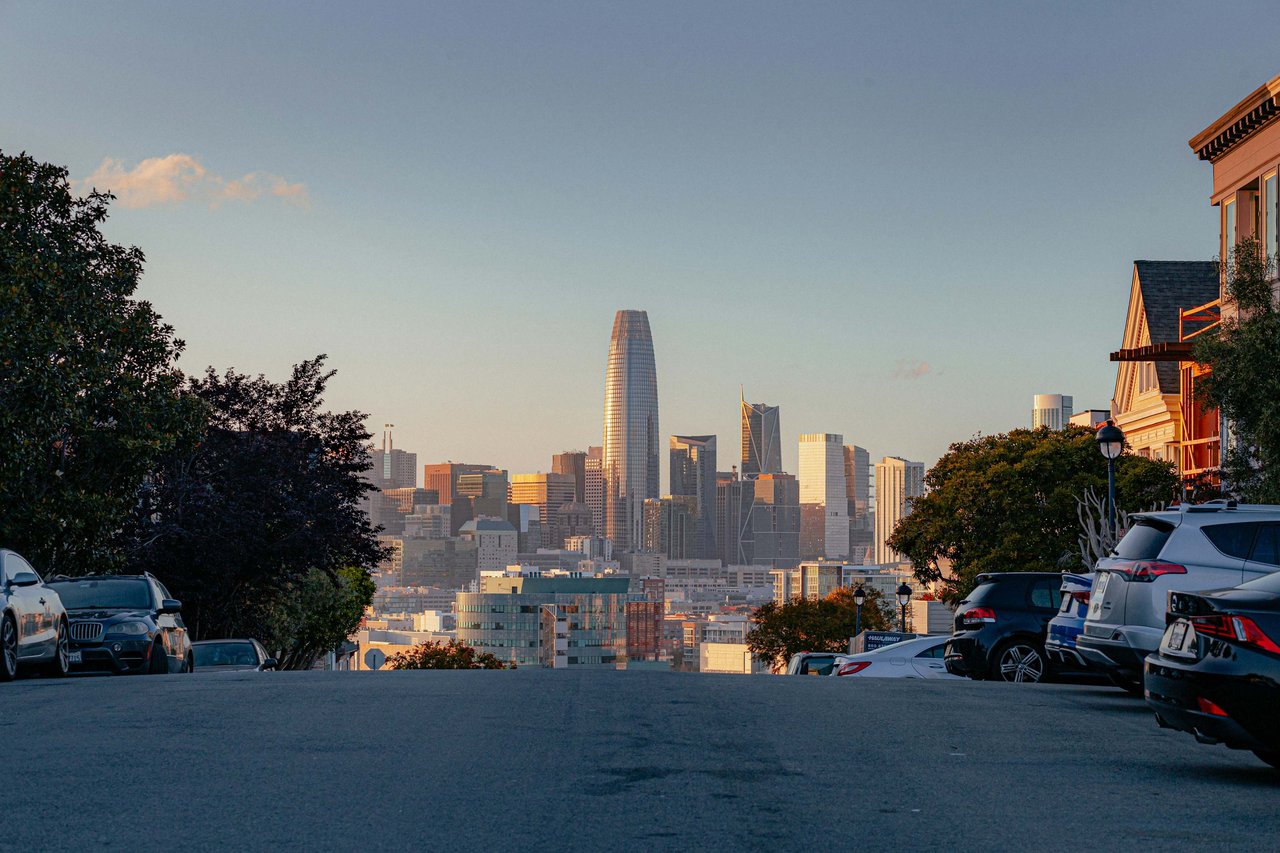
The Evolution of San Francisco's Architecture

Hey there, architecture enthusiasts and history buffs! San Francisco is not just a stunning city with hills and breathtaking views—it's also a living museum of architectural evolution. From the gilded Victorian homes to sleek modern skyscrapers, the city's skyline tells a rich story of innovation, culture, and resilience. As someone who adores San Francisco and its diverse architectural landscape, I'm thrilled to take you on a journey through time to explore the styles and developments that have shaped this iconic city. Let’s dive in!
The discovery of gold in 1848 transformed San Francisco almost overnight from a sleepy hamlet to a bustling metropolis. This rapid growth spurred an eclectic mix of architectural styles.
As the city stabilized and wealth poured in, more permanent structures emerged, culminating in the iconic Victorian style that San Francisco is known for today.
The catastrophic earthquake and fire of 1906 devastated much of the city, but it also paved the way for architectural renewal and innovation.
The 1920s brought economic prosperity and a new wave of architectural styles to San Francisco.
The Art Deco movement brought a touch of modernity to the cityscape with its geometric shapes, rich colors, and lavish ornamentation.
The mid-century modern movement embraced simplicity, functionality, and new materials, breaking away from the ornate styles of the past.
Notable modernist buildings, like the Cathedral of Saint Mary of the Assumption, embodied the principles of modernism with their innovative use of concrete and attention to structural clarity.
Postmodernism brought a playful and eclectic approach, reacting against the rigid forms of modernism.
The turn of the century has seen a growing focus on sustainability and environmentally friendly design.
As we look to the future, San Francisco’s architectural landscape continues to evolve, embracing new technologies and addressing the challenges of urban living, such as housing affordability and climate change resilience.
San Francisco’s architectural journey is a testament to its resilience, innovation, and cultural richness. From the decorative charm of Victorian homes to the sleek lines of modern skyscrapers, the city's built environment reflects its dynamic history and forward-thinking spirit.
Whether you’re an architecture enthusiast, a potential homeowner, or an investor, understanding the evolution of San Francisco’s architecture offers valuable insights into the city’s character and future direction.
And if you’re ready to explore the diverse architectural styles and find your perfect home in San Francisco, I’m here to help. Here’s to celebrating the past, present, and future of San Francisco’s architectural wonders! 🏡🌉🏢
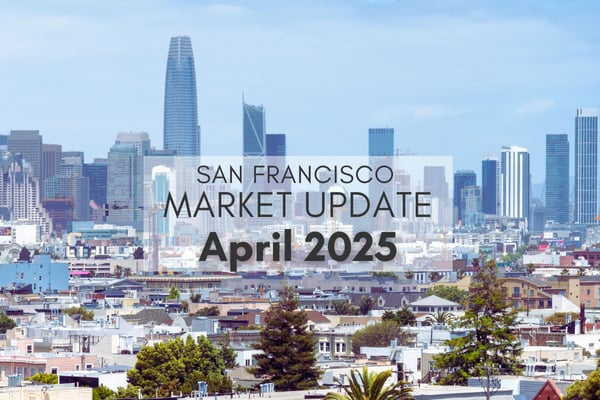
Market Update
More new listings hitting the market

Market Update
Mortgage rates have ticked back up
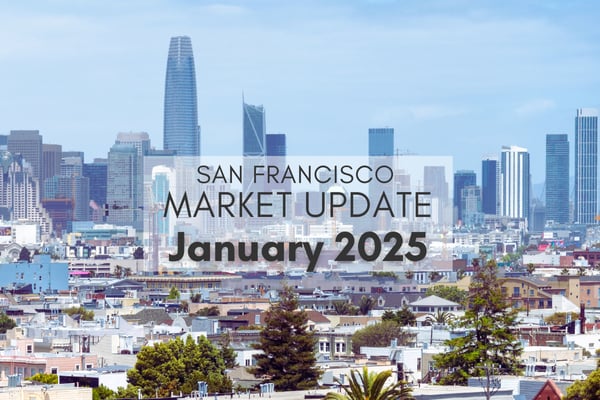
Market Update
Elevated rates are here to stay

Market Update
2024 wrap-up and the year ahead
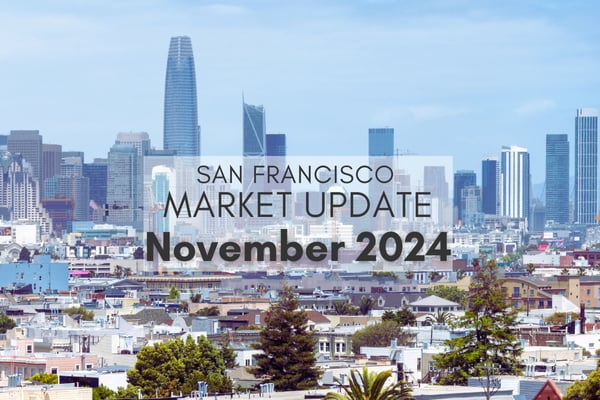
Market Update
Sellers are coming back to the market
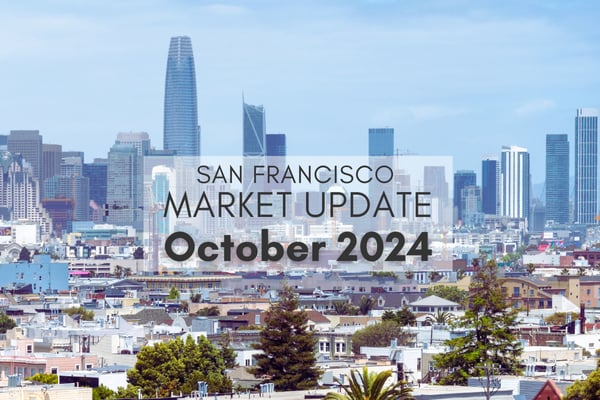
Market Update
Sellers are coming back to the market
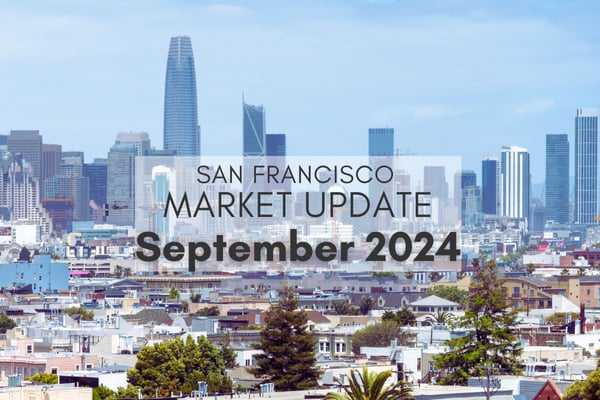
Market Update
Lower Prices and Lower Mortgage Rates
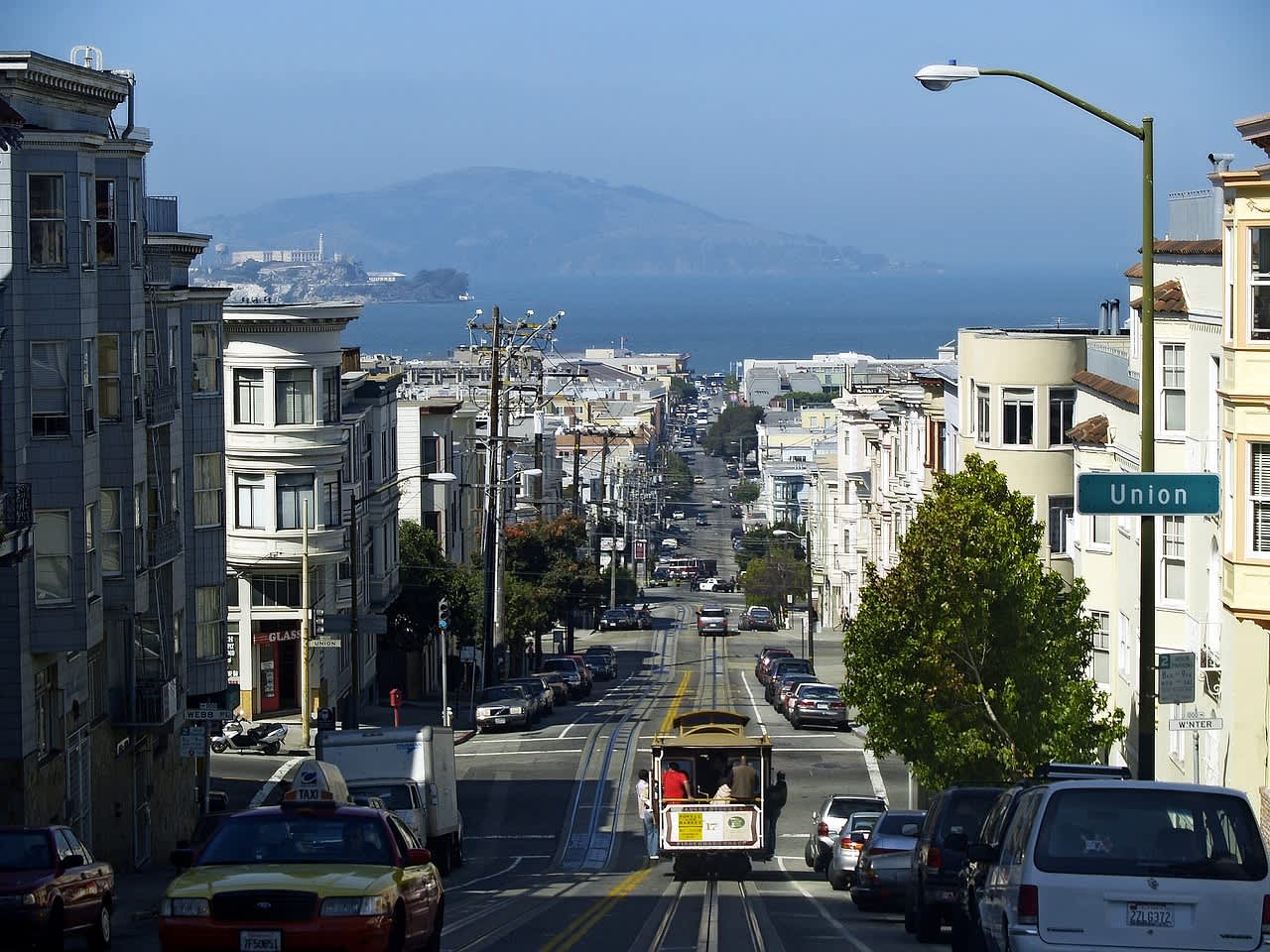
A Guide to Public and Private Schools, As Well As Higher Education Options in the Area
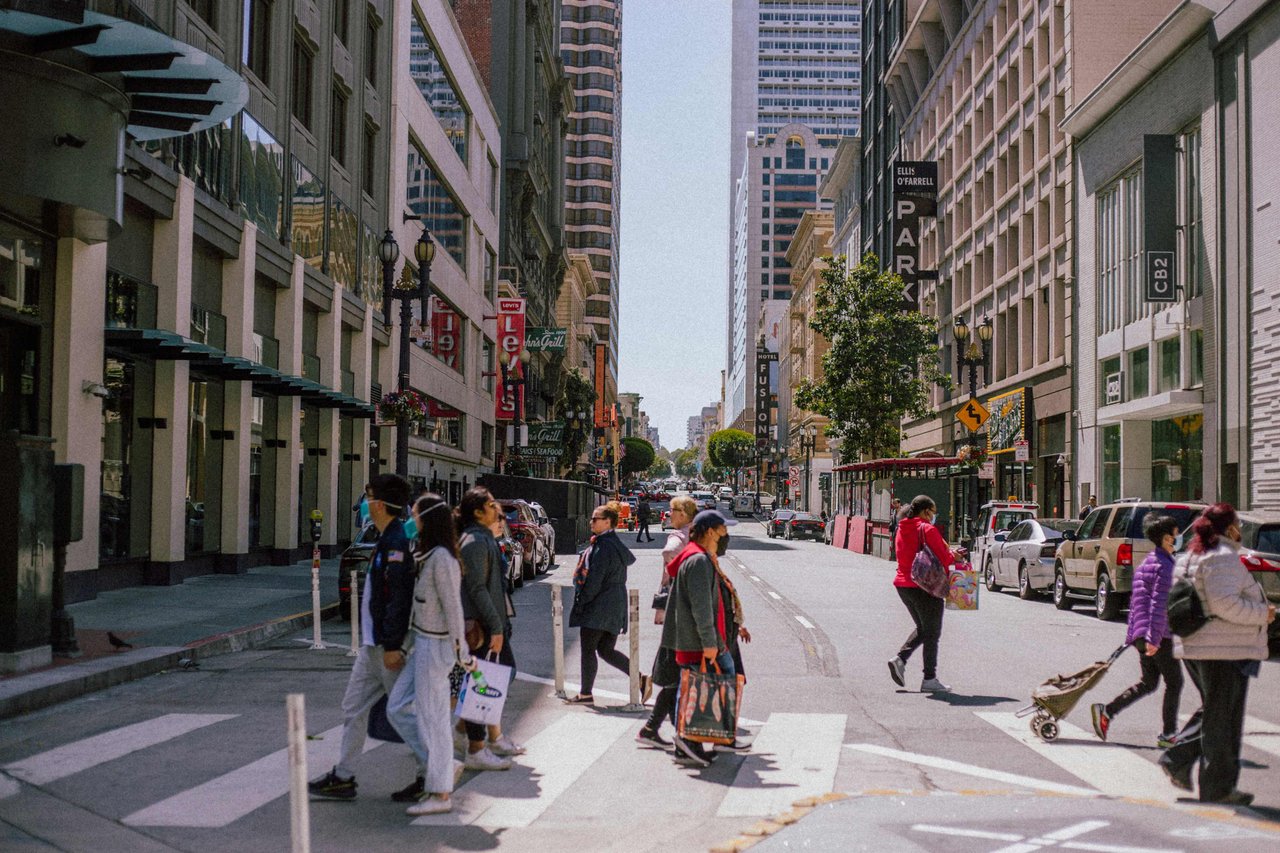
Tips for Renters Looking to Buy Their First Home in SF